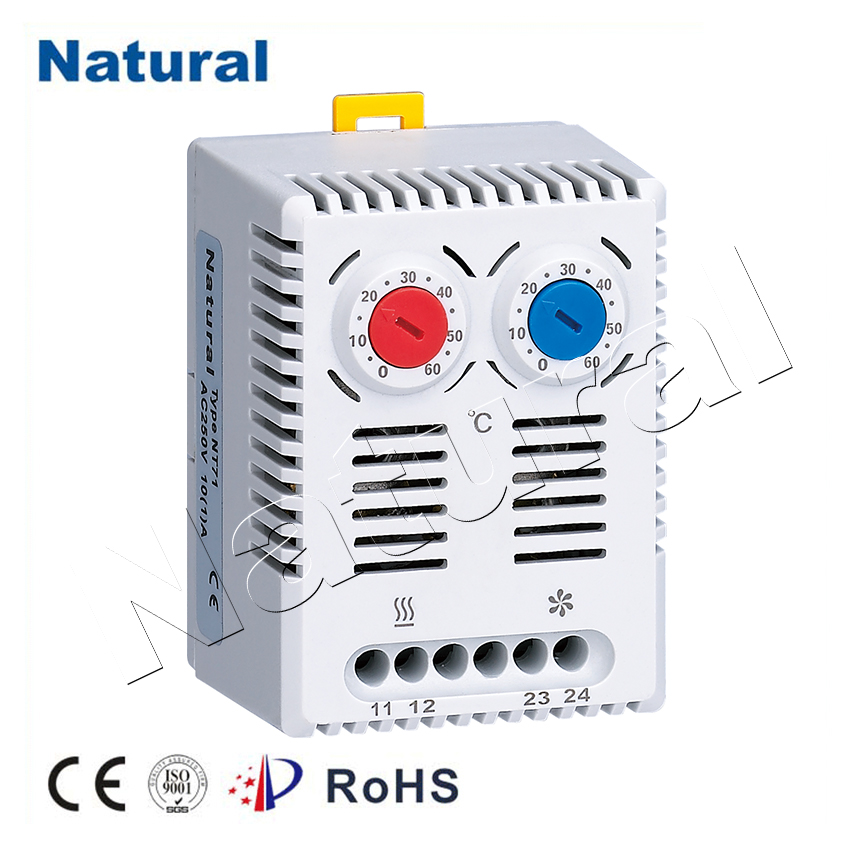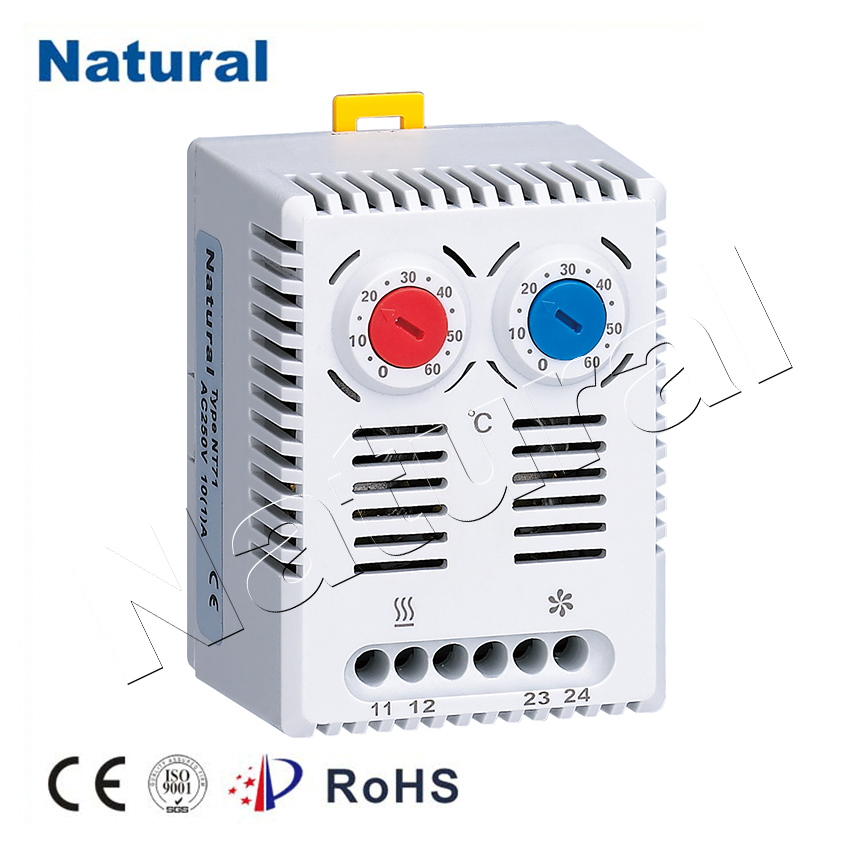In today’s world, energy efficiency and temperature control are paramount in both residential and commercial settings. One effective solution to achieve optimal climate control is the implementation of a dual thermostat system. This innovative technology not only enhances comfort but also significantly reduces energy costs. In this article, we will delve into the functionality, benefits, and considerations of dual thermostat systems.

A dual thermostat system consists of two separate thermostats controlling different zones or areas within a space. This zoning system allows for independent temperature settings in each area, accommodating varying preferences and usage patterns. For instance, in a two-story home, the upper level often heats up more quickly than the lower level. By employing dual thermostats, homeowners can ensure that each floor maintains a comfortable temperature, preventing the need for excessive heating or cooling.

One of the ultimate advantages of a dual thermostat system is energy efficiency. Traditional single thermostat systems often lead to over-conditioning of spaces. With dual thermostats, heating and cooling can be tailored to specific areas, reducing the overall workload on HVAC systems. This not only minimizes energy consumption but also extends the lifespan of the equipment, leading to lower maintenance costs. Another benefit is improved comfort. Different rooms may have different temperature needs based on their use or the presence of sunlight. For example, a kitchen may become warmer due to cooking, while a basement might require additional heating. Dual thermostats allow homeowners to adjust temperatures based on the specific needs of each room, ensuring that everyone enjoys their preferred climate.
